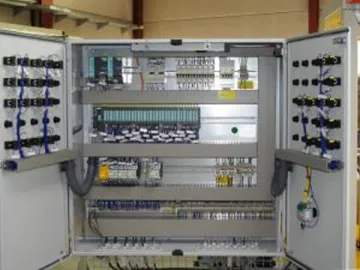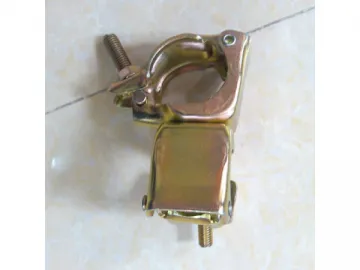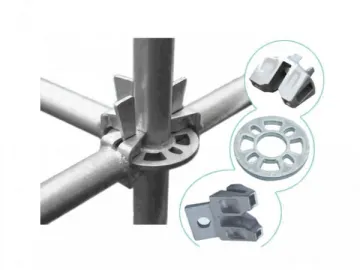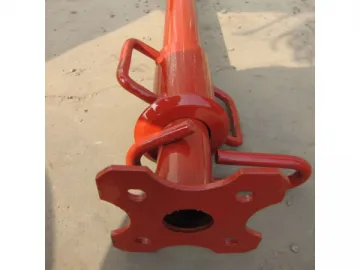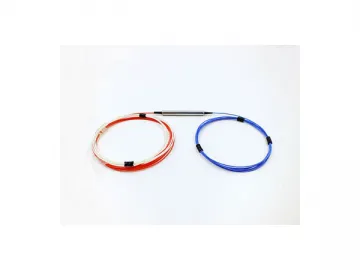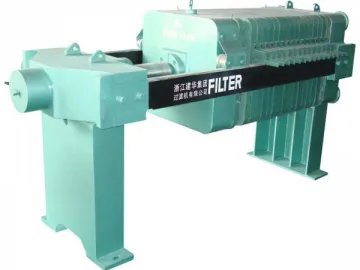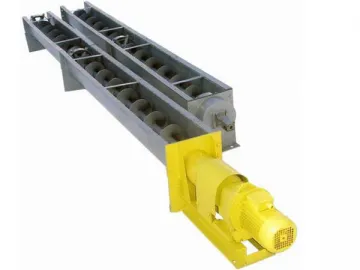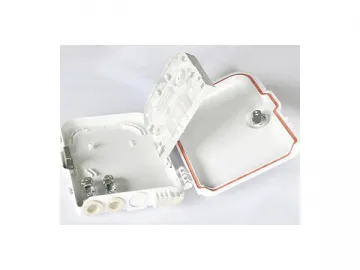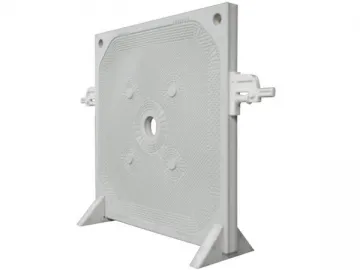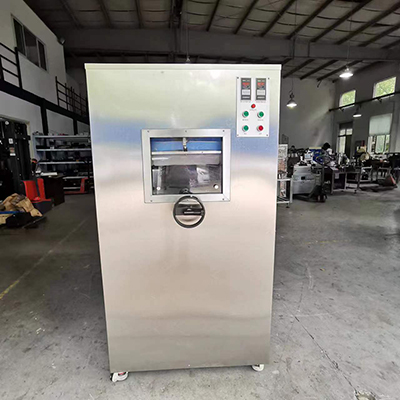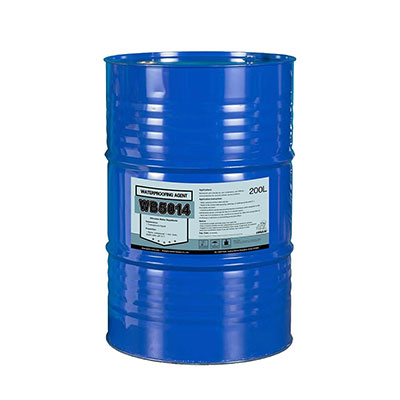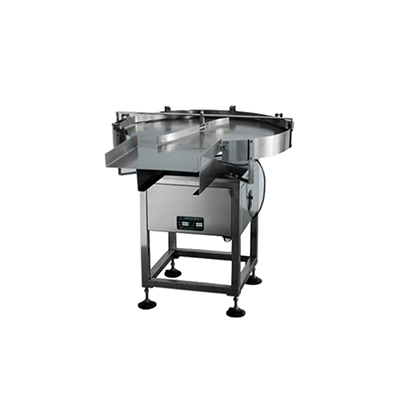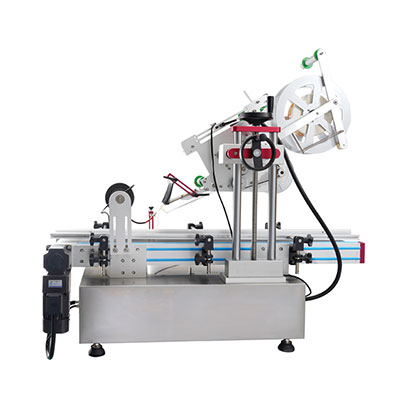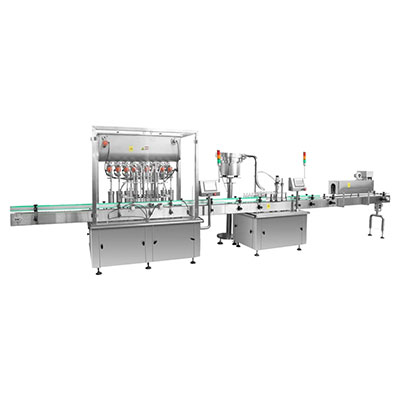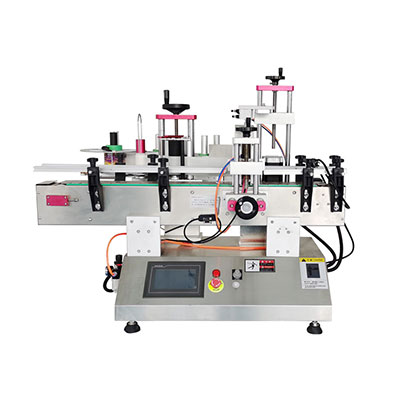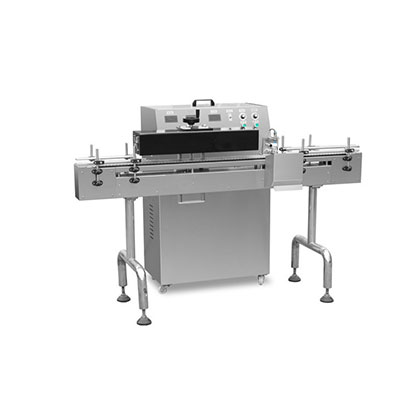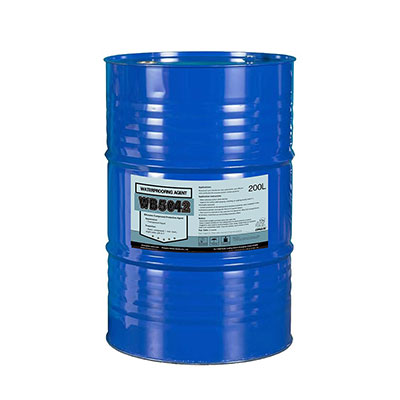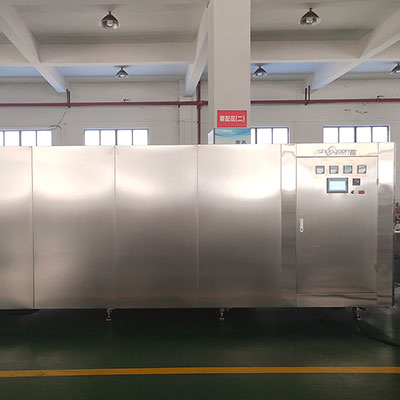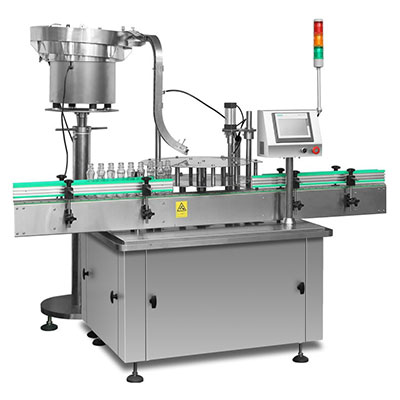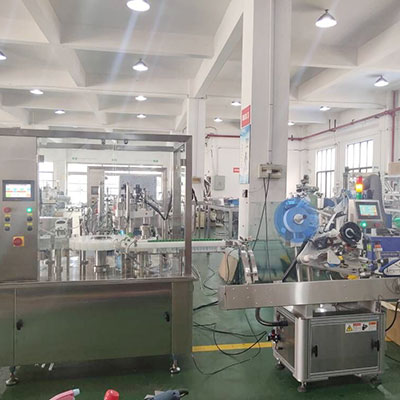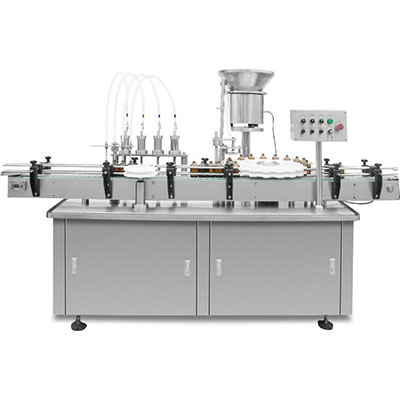Feed Pump
Diaphragm Pump
A diaphragm pump, also known as a membrane pump, is a positive displacement pump that uses a combination of a reciprocating action on rubber, thermoplastic, or Teflon diaphragm paired with valves on either side of the diaphragm to pump the fluid. These valves include a check valve, butterfly valve, flap valves, or nearly any other form of a shut off valve.
Diaphragm Pump Characteristics
Each of our diaphragm pumps has an excellent suction performance. Some of these pumps are low pressure pumps with a low flow rate, others are capable of a higher flow rate, but all are dependent on the effective working diameter of the diaphragm and its stroke length. These membrane pumps can handle sludges and slurries with a relatively high amount of grit and solid content.
1. Suitable for a discharge pressure up to 1,200 bar.
2. Features excellent dry running characteristics.
3. The diaphragm pump can be used to make artificial hearts.
4. These pumps are used to make air pumps for filters in small fish tanks.
5. The pumps are up to 97% efficient.
6. Each one features outstanding self-priming capabilities.
7. These feed pumps are capable of handling highly viscous liquids. We recommend the use of a viscosity correction chart to help prevent under sizing AOD pumps.
Air Compressors
Small, mechanically activated diaphragm pumps are also used as air compressors and a source of a low-grade vacuum. Compared to other compressors, these are quiet, low cost, and require no moving parts that have a possibility of interfering with the airstream. This allows the air compressor to be used without any needed lubricant, ensuring the compressed air produced is clean.
Centrifugal pumps are a sub-class of axisymmetric work-absorbing turbomachinery. They are primarily used to transport fluids via the conversion of rotational kinetic energy into hydrodynamic energy of the fluid flowage. The rotational energy most often comes from an engine or electric motor. The fluid enters the pump impeller along or near the rotating axis, and accelerates using the impeller. The fluid flows in a radial direction outward into a diffuser or volute chamber (casing), where it finally exits. Common usages include water, sewage, petroleum and petrochemical pumping. The reverse function of the centrifugal pump is a water turbine, converting potential energy of the water pressure into a mechanical rotational energy.
Multi-stage Centrifugal Pumps
A centrifugal pump with two or more impellers is called a multi-stage centrifugal pump. The impellers can be mounted on either the same shaft or different shafts, depending on customer needs. For higher pressures at the outlet, impellers can be connected in a series, and for a higher flow output, the impellers can be connected in a parallel design.
A progressive cavity pump is a positive displacement pump that is also known as a progressing cavity pump, progg cavity pump, eccentric screw pump, or a cavity pump. Fluid is transferred through the pump in a series of small, fixed shape, discrete cavities as the rotor turns. This results in a volumetric flow rate proportional to the rotation rate (bidirectional) as well as proportional to low levels of shearing bearing as applied to the pumped fluid. The cavities taper down toward the end, and overlap with neighboring cavities, so that in general, no flow pulsing is caused by the arrival of cavities at the outlet, other than pulsing caused by the compression of the fluid or pump components. This makes the cavity pump extremely useful in fluid metering and the pumping of viscous or shear sensitive materials.
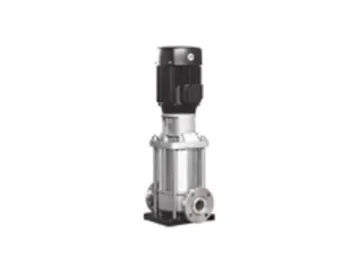
These pumps are often referred to by their manufacturer or product names, which is why terms vary from industry to industry and region to region. Ex. Mono pump, or Mohono pump
A progressive cavity pump can also act as a motor (mud motor) when fluid is pumped through the interior of the pump, making it especially suitable for well drilling applications.
Typical Application Areas
1. Food and drink pumping
2. Oil pumping
3. Coal slurry pumping
4. Sewage and sludge pumping
5. Viscous chemical pumping
6. Stormflow screening
7. Downhole mud motors in oilfield directional drilling (the pump reverses the process, turning the hydraulic power into mechanical power)
8. Limited energy well water pumping
Specific Uses
1. Grout or cement pumping
2. Lubrication oil pumping
3. Marine diesel fuel pumping
4. Mining slurry pumping
5. Oilfield mud motors
A plunger pump is a positive displacement pump where the high pressure seal is stationary, and a smooth cylindrical plunger slides through the seal. These are different from piston pumps, and can be used at higher pressures. This type of pump is most often used to transfer municipal and industrial sewage.
The plunder pump's components are chosen specifically based on the wear and contact it will have with different media. Component materials include bronze, brass, steel, stainless steel, iron, nickel alloy, or other materials. As an example, plunger pumps used for general service or oil service applications generally have an iron cylinder and plunger. The plunger, discharge valves, and suction valves all come into contact with the substance to be transferred, and thus, form the basis of how materials for the pump construction are chosen. In power applications where a continuous duty plunger is needed, solid ceramic plungers are a great choice when coming into contact with water and oil, though they are not compatible for use with highly acidic substances.
Other search items: diaphragm pumps, centrifugal pumps, progressive cavity pumps
Links:https://globefindpro.com/products/55072.html

